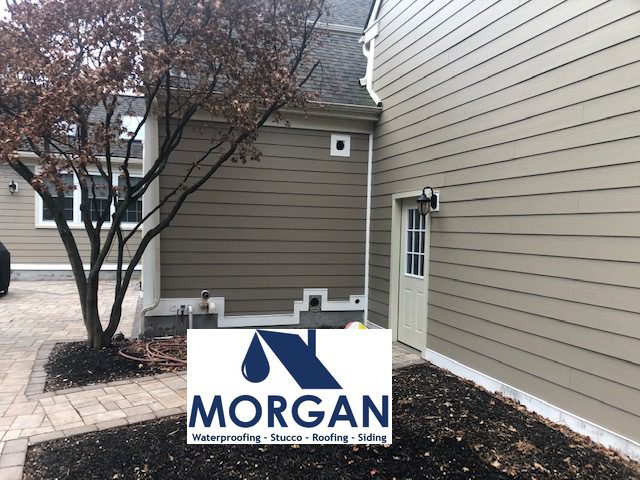Why Using Kick-out Flashing For Stucco Waterproofing Should Be One Element In Your Multi-Waterproofing Approach?
Unfortunately, there are many people who own homes that are made from stucco and they are dealing with wall rot. As a result, this has led to increased interest in how to waterproof stucco. And, with this renewed interest, there has been a focus on using kick-out flashing for stucco waterproofing.
By itself, stucco is fairly water-resistant. However, the openings in the stucco walls, as well as the walls themselves, should be installed correctly so they are completely waterproof.
There are three main elements that should be considered if you are looking to waterproof your stucco house for a long time. This can best be accomplished by using a multi-layer approach when installing stucco. The approach should also include installing kick-out flashing around the openings of stucco walls correctly as well as taking care of air gaps that can occur during these layers.
Installing Stucco Using A Layered Approach
A skilled and knowledgable contractor will use this type of approach when installing stucco walls to your house. If the material is being added to sheathings such as OSB or plywood, the following is an example of what a regular stucco wall would be made of.
- A stucco wall could be made from a layer of waterproofing material such as Grade D paper or asphalt paper
- A 3-dimensional drainage system that acts as an air gap
- Another waterproofing material layer
- A fiberglass or metal mat
- Several layers of stucco
Take a moment to consider the waterproofing barrier. This is a very important component used in the construction of the stucco wall because these layers help to keep moisture from entering.
Sadly, as homeowners of homes that have wall rot now know, these layers are simply not enough to keep the moisture from entering and seeping into the wall. This means that there has to be another step in the process that will let the moisture escape once it gets on the other side of the stucco.
Kick-out Flashing
If the stucco is truly waterproof, and the layered installation method has been used, is it possible for moisture to still access the wall behind the stucco?
The points of entry for water are around the openings that are located in the walls of the stucco, as well as the areas where the stucco connects with the roof.
Metal, or kick-out flashing, has to be properly installed around the windows and the doors so a tight, waterproof seal is produced.
Kickout flashing should be used around every window and door, and around any other openings that are located in the stucco wall. In combination with the flashing, several layers of WRB (water-resistant barrier) paper such as asphalt paper or Grade D paper should be in the area that is under the bottom of the window flanges.
You will also have to address the areas where the stucco and the roof connect. Kickout flashing has to be installed over any area where the roof does not completely go over the stucco in order to prevent water from entering between the opening.
Even if the stucco on your home has been properly installed, and the installation included kick-out flashing for stucco waterproofing, water damage can still occur if the stucco is not maintained. All openings and cracks should be addressed immediately, and any signs of moisture entering into the wall should never be ignored.
Morgan Exteriors knows that a kick-out flashing is an intricate part of any siding job and our dedicated employees will make sure that your siding is properly installed. Call us for a free quote. 877.401.4777 or fill out our contact form here

